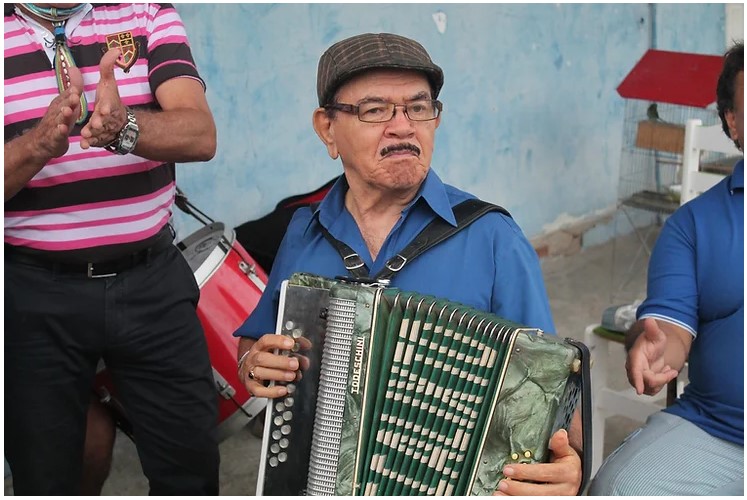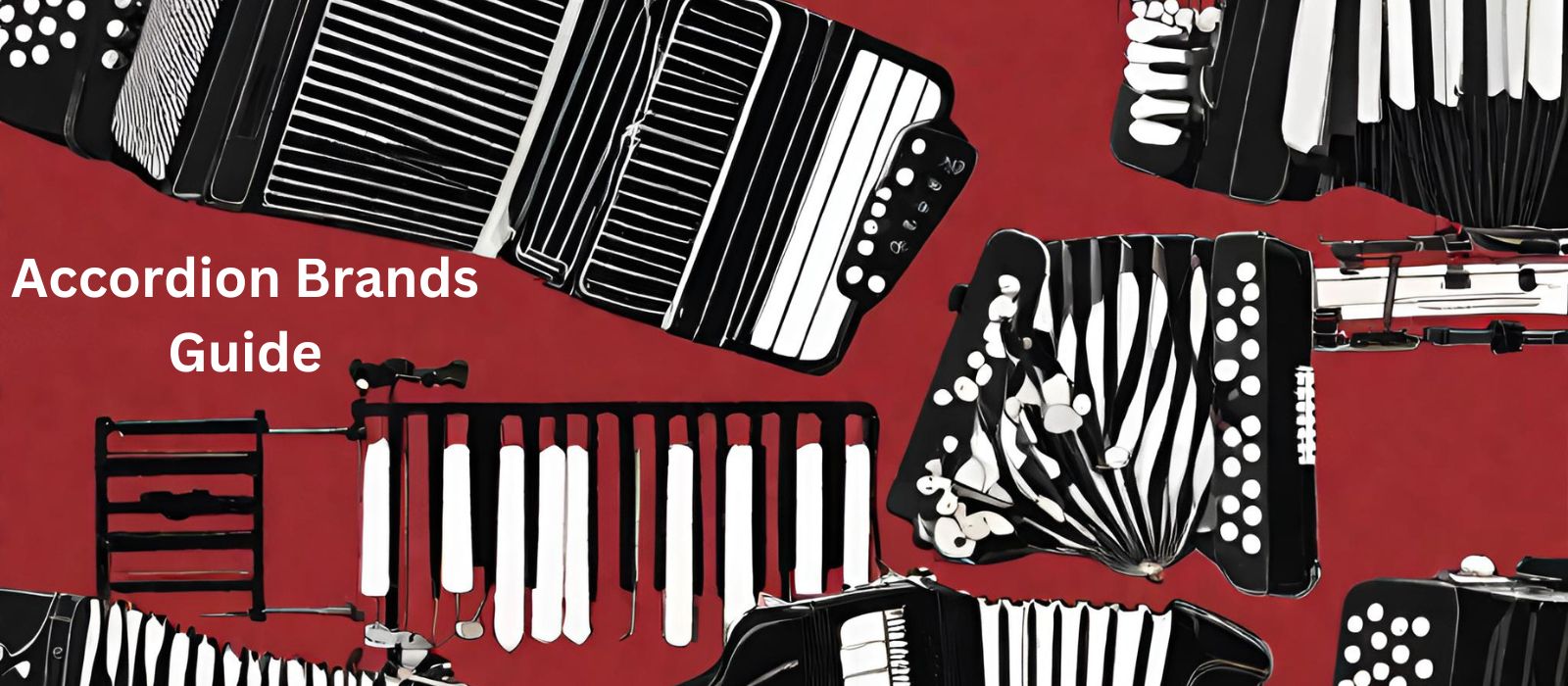Origins of the accordion in Brazil
Brazil was officially discovered on April 22 1500 although there is debate suggesting that Portugal may have already been aware of its existence. Initially known as the Island of Vera Cruz. Later as the Land of Terra Cruz it eventually adopted the name Brazil.

The era of colonization came to an end on September 7 1822 when Brazil declared independence establishing a monarchy and setting itself apart from Latin American nations. However this monarchy was short lived as it was overthrown and replaced by a republic on November 15 1889.
In terms of history Brazil’s story spans over 517 years. There is evidence of human presence, on its land dating back more, than 10,000 years before the Common Era. Brazil has a very rich history of folklore music which predates the Portuguese colonialists. Most of the traditional musical instruments of this country have their roots in the instruments of the ancients.
Some of the most popular traditional musical instruments in Brazil are: Pandeiro, Agogo, Cuica, Berimbau, Tamborim and Ganza. Accordions accompanied these traditional instruments much later and became an integral part of Brazilian folk melodies.
The roots of the accordion can be traced back to Portugal in the 19th century when the instrument was brought to the land of Brazil. It was further influenced by Italian immigrants during the early 20th century.
Nordeste region and the accordion
In the region called Nordeste (Northeast) lovingly referred to as Forró land the accordion played a role in the local music scene. Talented musicians often embarked on journeys to parts of the country in search of opportunities to perform. Nordeste boasts a range of styles, including baião, xote and beautiful melodies played on diatonic accordions that later transitioned to chromatic models.
Brazilian states of Pernambuco, Paraíba and Ceará are particularly known for accordions among people from all walks of life.
What is Brazilian Forró Music?
Forró, a genre of music is closely related to the style of “repentistas”. Traveling singers who used to improvise verses accompanied by a viola guitar with seven strings. It combines criticism, with ballroom dance elements incorporating love related lyrics and provocative movements.
The songs often depict clashes between outlaws known as “congaceiros” and powerful landowners called “coroneis”. In essence they narrate tales of cowboys, which have inspired the filmmakers of the influential Cinema Novo movement. Some notable films like Rui Guerras Rifles have successfully captured these themes. Contributed to the popularity of forró, beyond Brazils borders.

Presence of the accordion music can be found in various genres ranging from traditional forró (a genre rooted in rural social dance) and sertanejo (Brazilian country music) to popular music, rock and even religious songs.
Diatonic button accordions have been the instrument of choice for Brazilian accordionists ever since the instrument’s introduction to the country but in the last thirty plus years, piano accordions have dominated the market and demand.
The standard 120 bass piano accordion reigns supreme in all these settings and it has held its position for the majority of the past century. Its wide tonal range and versatility make it a perfect fit for the shift, towards songwriting that has characterized the music industry since World War II.
German made Weltmeister Accordion
120Bass,Refurbished Piano Accordion
These accordions are quite popular in Brazil amongst novice and professional accordionists. They are well built, lightweight and durable. If you are on a budget and looking for a quality musical instrument, this could be your fit.
- Rich red colour
- Professionally refurbished
- Comes with straps and case
- Treble: 41 keys Bass: 6 rows, 120 buttons Treble switches: 5 Bass switches: 3 Treble reed plates: 3 Bass reed plates
- Comes with a case and high quality shoulder straps
Who are Brazilian top accordionists?
- Adelaide Chiozzo
- Antenogenes Silva
- Dilo Melo
- Jose Domingos
- Luis Gonzaga
- Marcelo Jeneci
- Severino Dias aka Sivuca
- Mario Zan
In Nordestes landscape you will discover a fusion of African rhythms and European instruments accompanied by enchanting Indian chant style vocals. The lyrics of these songs eloquently tell stories about life hard work, emigration experiences and the pain of lost love. The accordion blends harmoniously with accompanying sanfonas (a type of accordion) cheerful triangles and lively zabumba drums.
Post WWII era and Antenogenes Silva
During the period from the 1940s to the 1960s Antenogenes Silva made a lasting impact on the scene with his performances. Other notable accordionists like Uccio Gaete and Alberto Calcada also contributed significantly to this tradition. Augusta Ozari stood out as one of the female Brazilian accordionists, during that era.
Silva a figure who played a key part in spreading the popularity of the chromatic accordion, in Brazil. His unique approach combines elements of folk music, Forró, Samba, Bossa nova and various jazz influences.






Leave a Reply